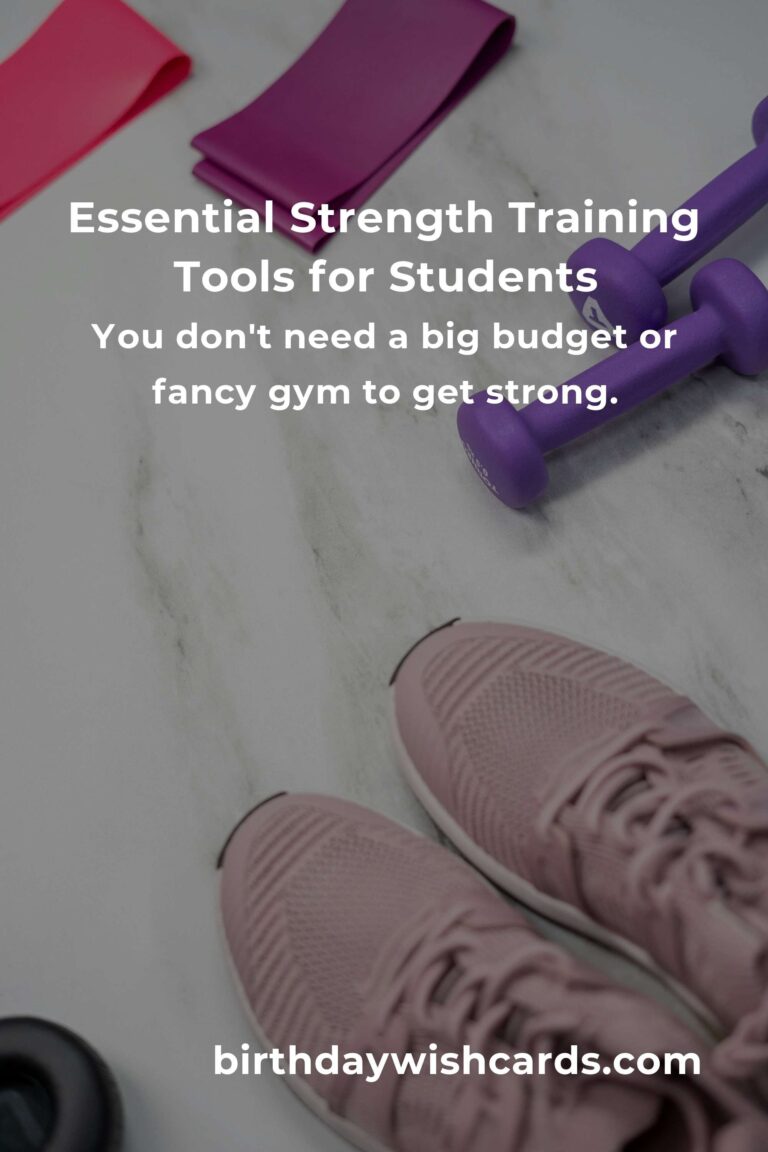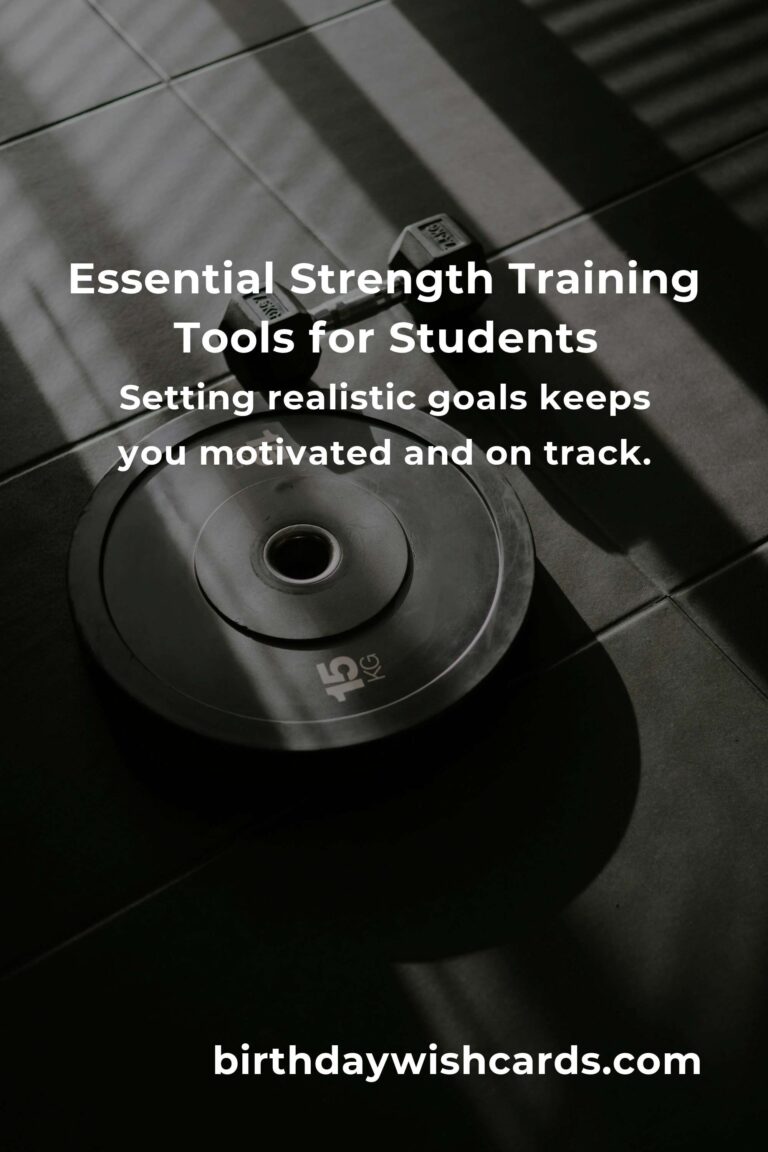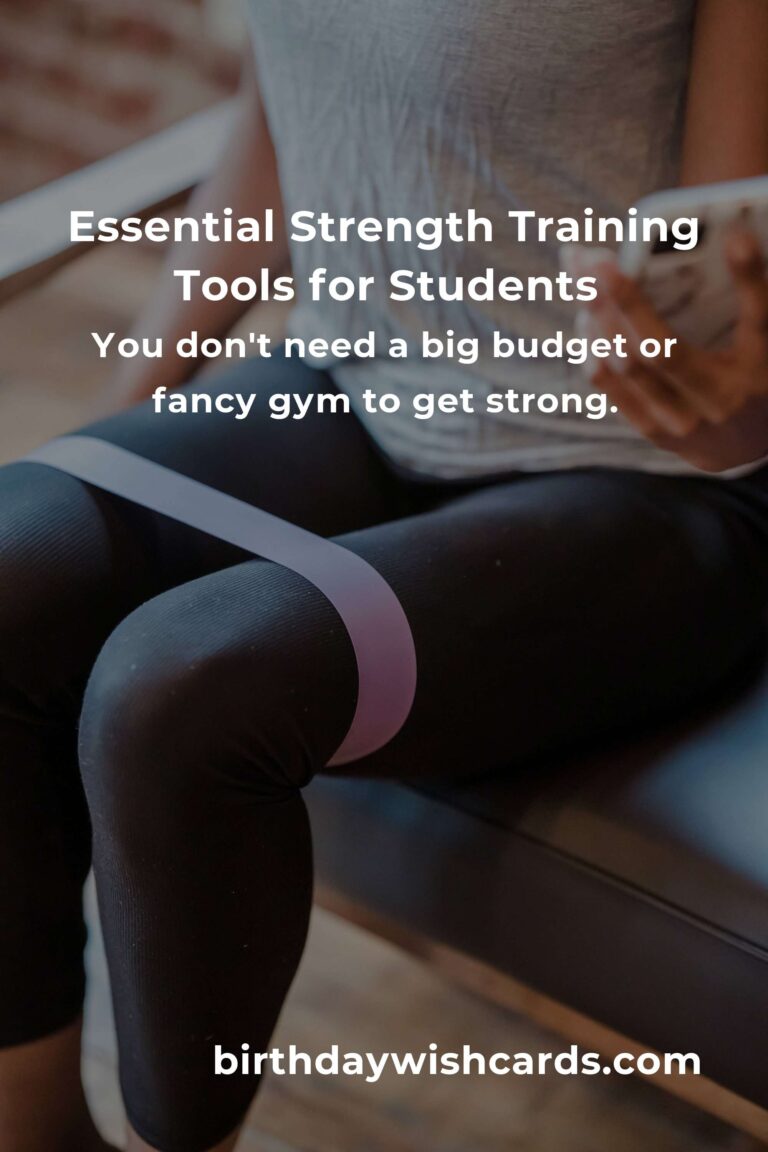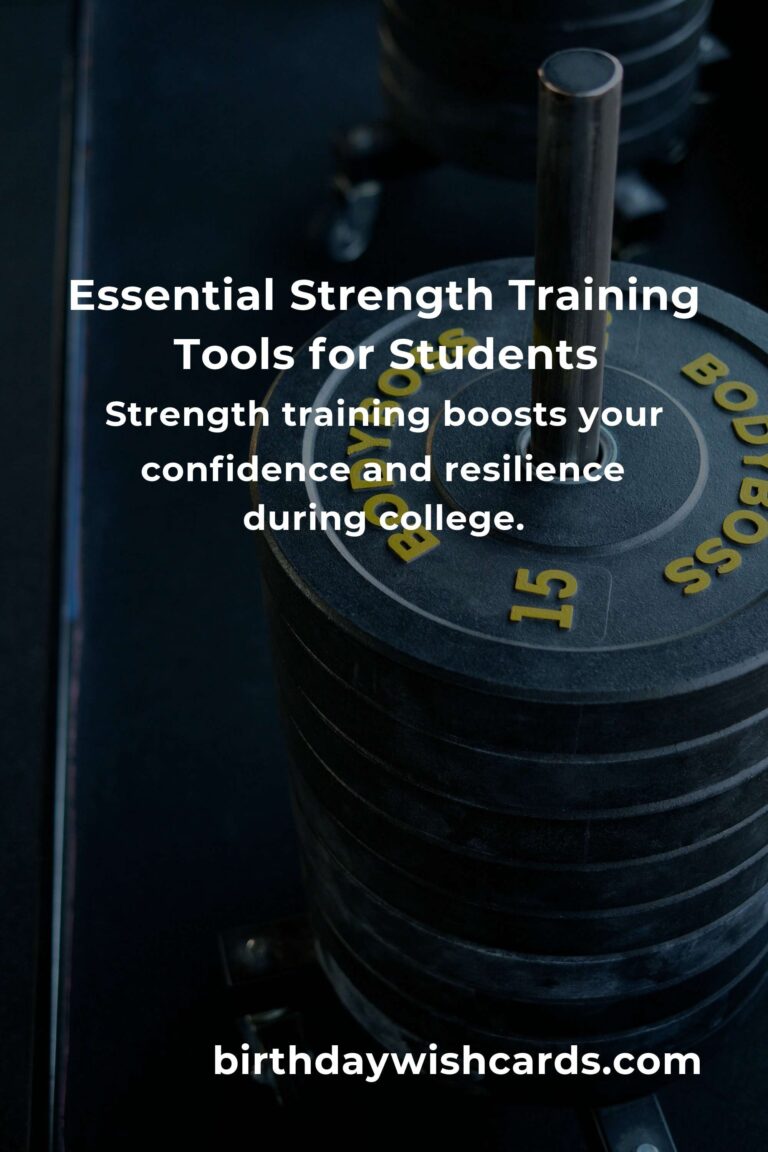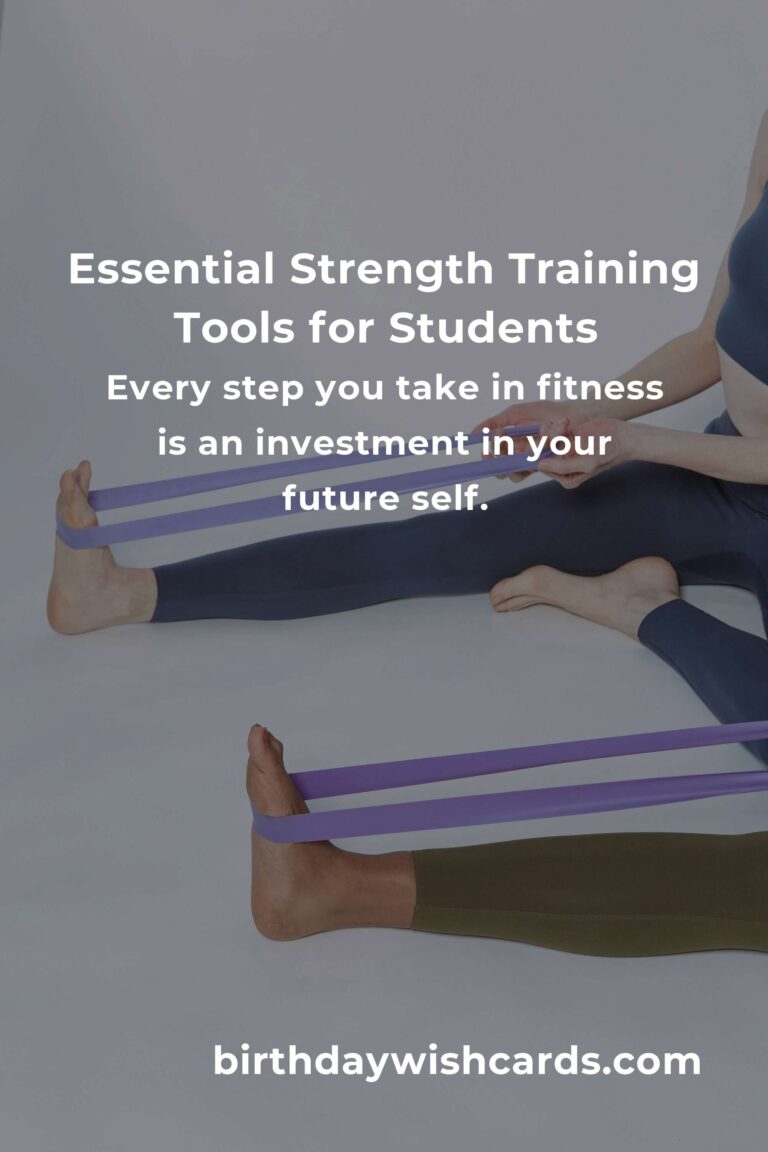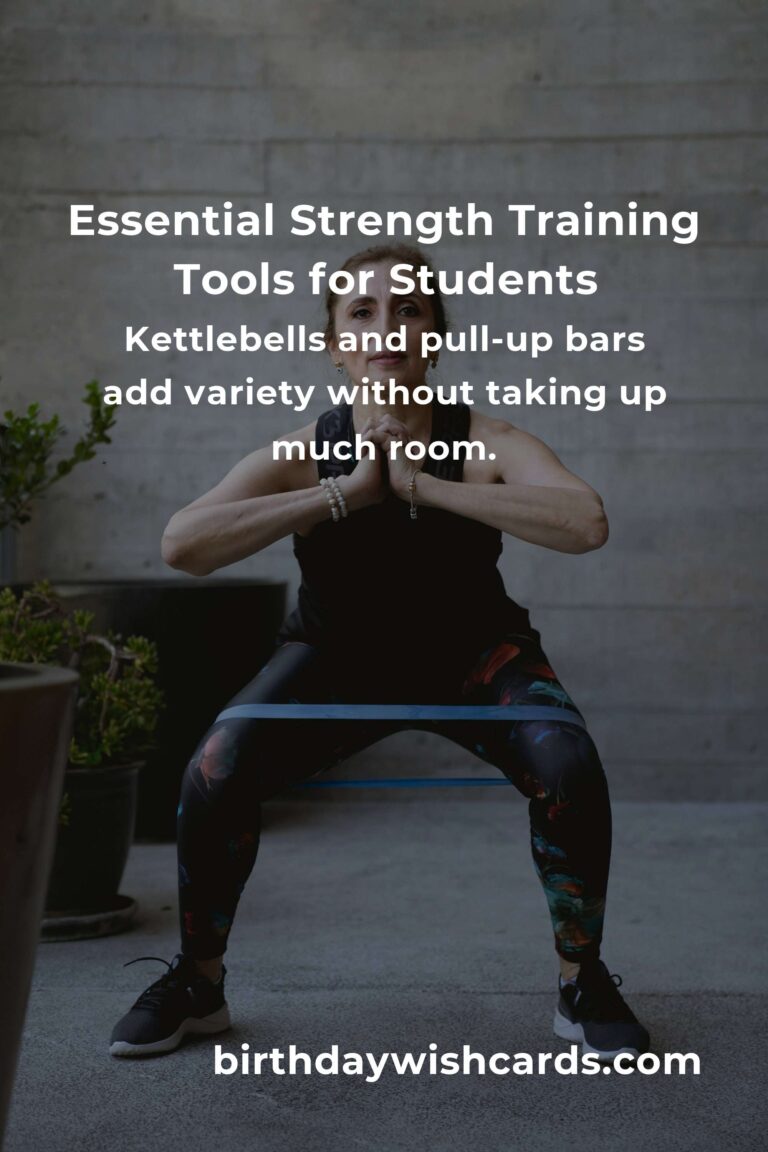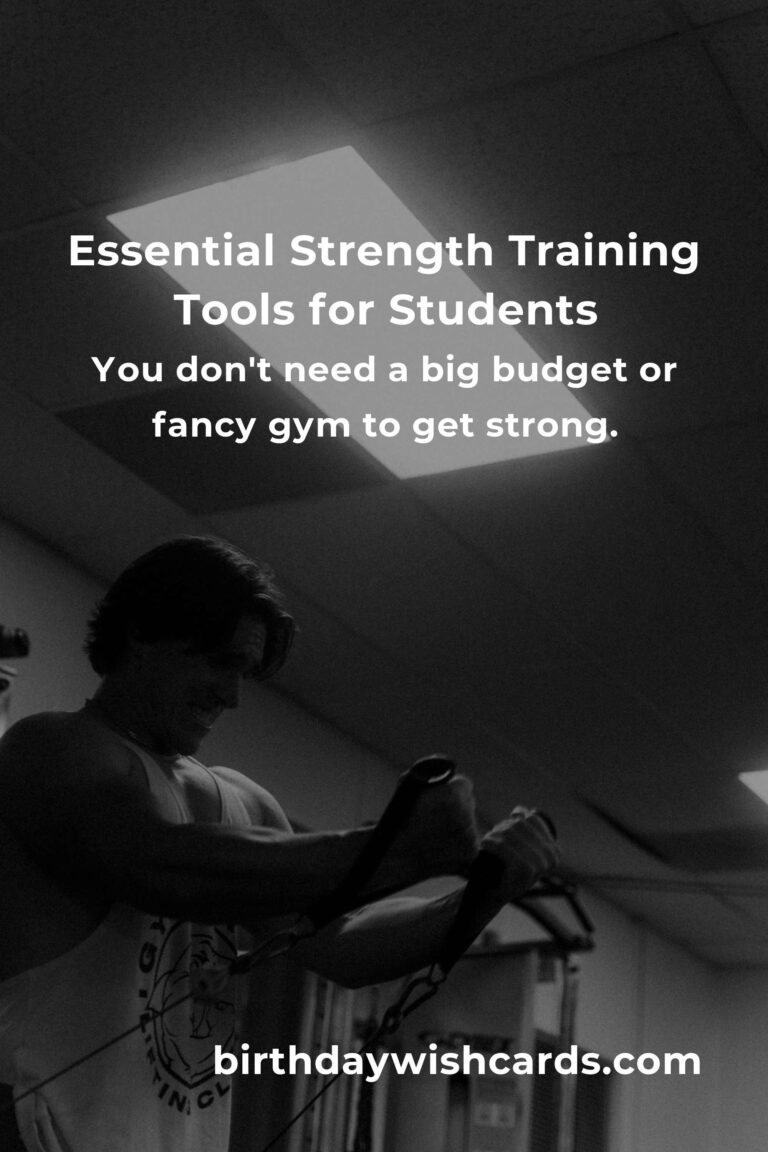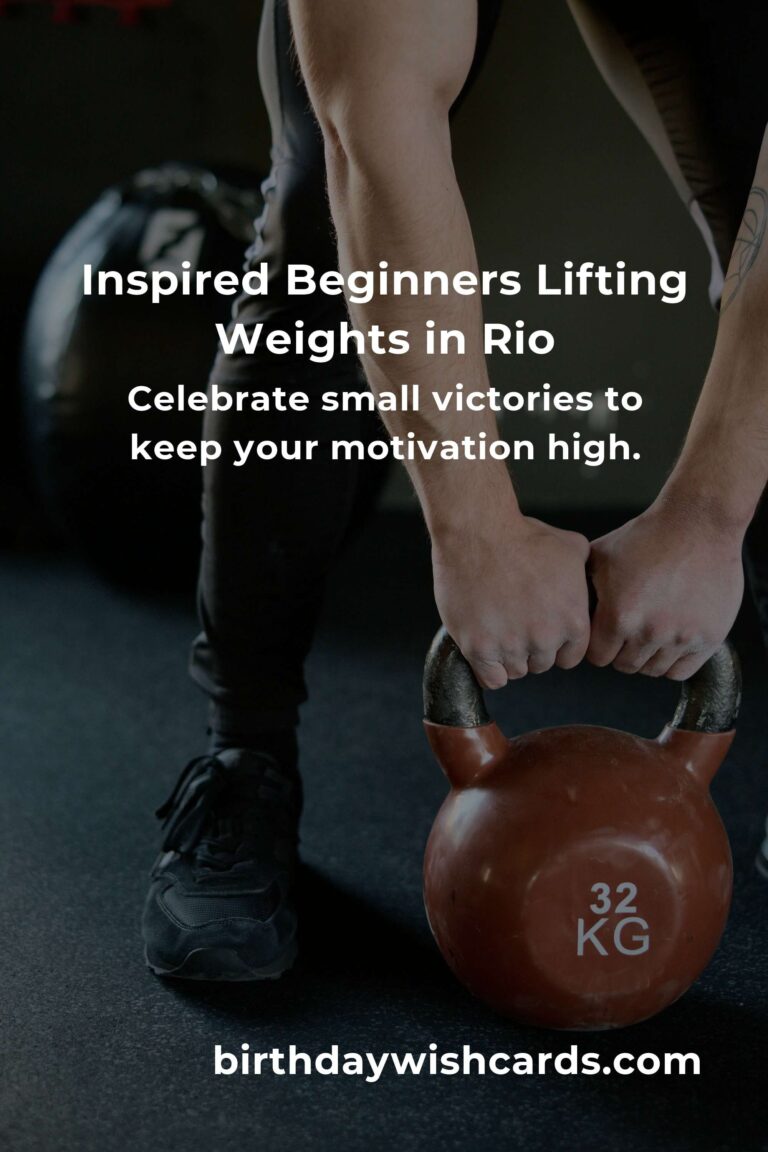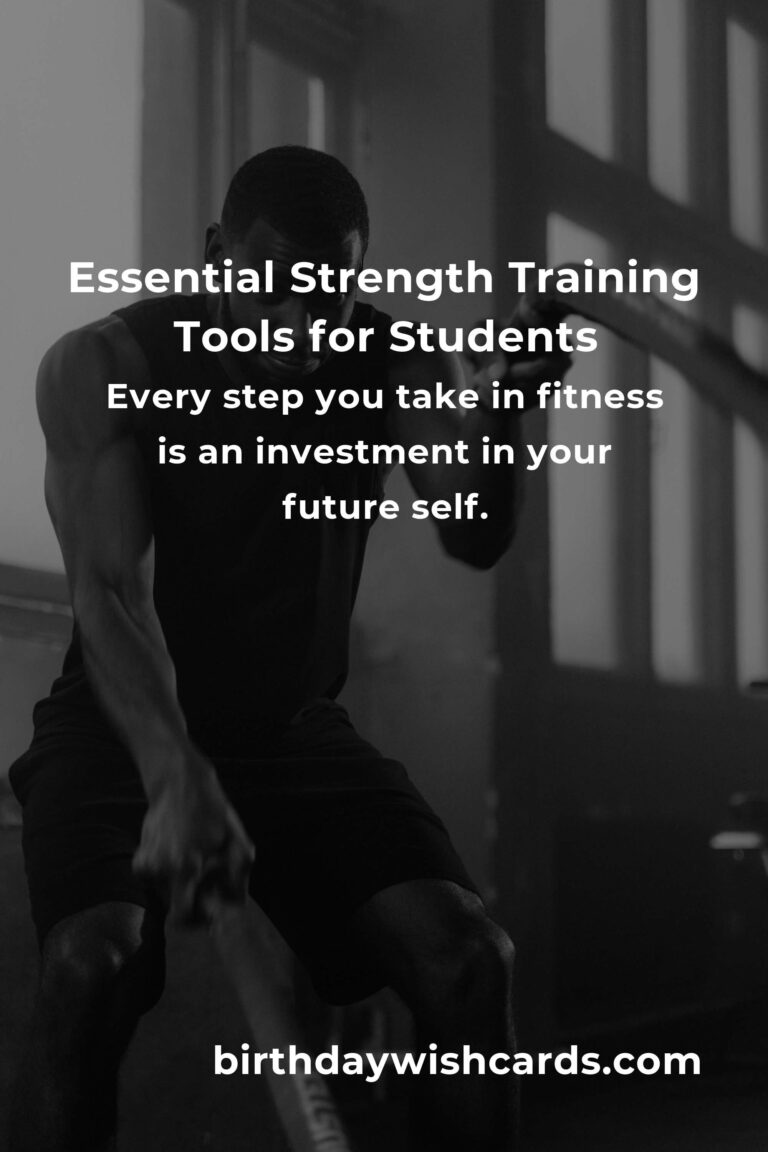
College is a whirlwind of new experiences, late-night study sessions, and the constant juggle of classes, social life, and self-care. In the midst of this chaos, one thing can anchor you—strength training. But as a college student, your reality is unique. You may have limited space, a tight budget, and no access to a fully equipped gym. Yet, the desire to build strength, boost energy, and nurture resilience remains strong. This guide is your compass, helping you navigate the world of strength training equipment for college students. Let’s unlock your power together!
Why Strength Training Matters So Much in College
Before we dive into equipment, let’s talk about why strength training is a game-changer for college students:
- Mental Clarity: Exercise releases endorphins, helping you focus and manage stress.
- Confidence Booster: Building strength boosts your self-esteem—inside and out.
- Time Efficiency: Short, effective workouts fit into your busy schedule.
- Energy Surge: Regular training fights fatigue and keeps you motivated for those long study nights.
- Lifelong Habit: Developing a routine now sets the stage for lifelong health.
But how do you actually get started with the right equipment?
Assessing Your Space and Budget
Every college student’s situation is different. Maybe you’re in a tiny dorm, a shared apartment, or have access to a campus gym. Here’s how to assess what will work for you:
- Space: Measure your room—can you lay down a yoga mat? Can you stretch your arms overhead?
- Noise: Consider your roommates and neighbors. Quiet equipment is key.
- Budget: Set a realistic budget. There are amazing options under $100!
- Storage: Look for compact and portable items that can slide under your bed or into a closet.
Essential Strength Training Equipment for College Students
Here’s your must-have list, with each item chosen for versatility, affordability, and suitability for small spaces.
1. Resistance Bands
Why: Lightweight, portable, and incredibly versatile for full-body workouts.
How to Use: Rows, squats, glute bridges, chest presses, and more.
Pro Tip: Choose a set with varying resistance levels to keep challenging yourself as you get stronger.
2. Adjustable Dumbbells
Why: Save space and money by investing in a pair that lets you change the weight.
How to Use: Bicep curls, shoulder presses, lunges, deadlifts, tricep extensions.
Pro Tip: Start light. Good form is more important than heavy lifting.
3. Kettlebell
Why: Perfect for dynamic moves that build strength and endurance.
How to Use: Swings, goblet squats, Turkish get-ups, cleans, and presses.
Pro Tip: One medium-weight kettlebell covers dozens of exercises.
4. Yoga/Exercise Mat
Why: Protects your joints and floors, and defines your workout space.
How to Use: Great for bodyweight workouts, stretching, core work, and mobility drills.
Pro Tip: Thicker mats add cushioning if you’re working out on hard floors.
5. Pull-Up Bar (Doorway)
Why: Pull-ups are a powerhouse move for upper body and core strength.
How to Use: Pull-ups, chin-ups, hanging leg raises.
Pro Tip: Ensure your doorframe is sturdy and follow installation instructions carefully.
6. Foam Roller
Why: Recovery is as important as the workout. A foam roller helps prevent soreness and injury.
How to Use: Roll out your back, legs, and arms before and after workouts.
Pro Tip: It doubles as a tool for balance training and core exercises.
7. Jump Rope
Why: Cardio meets coordination in a small package.
How to Use: Warm up, add intervals to your strength routine, or use for a quick energy boost.
Pro Tip: Adjustable ropes last longer as your skills improve.
Optional Upgrades for College Gyms and Apartments
If you have a little more space, budget, or access to a shared gym, consider these:
- Adjustable Bench: Adds variety for presses, rows, and step-ups.
- Medicine Ball: Great for slams, core work, and partner training.
- Barbell Set: For traditional lifts like squats, deadlifts, and bench presses (if your space allows).
Making the Most of What You Have
Even with minimal equipment, you can build an effective strength training routine. Bodyweight exercises—push-ups, squats, lunges, planks—are a foundation you can always rely on. Supplement them with your equipment for endless variety.
Sample Strength Training Routines for Busy College Students
Not sure where to start? Here are two example routines—one for a packed schedule, and one for when you have a bit more time.
Quick 20-Minute Dorm Room Workout
- Warm-up: Jump rope (2 minutes)
- Resistance band squats (15 reps)
- Push-ups (to failure)
- Resistance band rows (15 reps)
- Kettlebell swings (20 reps)
- Plank (30 seconds)
- Repeat circuit 2-3 times
Full-Body 40-Minute Apartment/Gym Workout
- Warm-up: Jump rope (5 minutes)
- Dumbbell goblet squats (3 sets of 12)
- Pull-ups or resistance band pull-downs (3 sets of 8-10)
- Dumbbell chest press (3 sets of 10)
- Kettlebell or dumbbell deadlifts (3 sets of 12)
- Medicine ball Russian twists (3 sets of 20)
- Cool-down: Foam rolling and stretching (5 minutes)
Tips for Staying Motivated and Consistent
Equipment is only half the story. Consistency is where true transformation happens. Here’s how to keep your fire burning:
- Set Realistic Goals: Focus on progress, not perfection.
- Find a Workout Buddy: Accountability makes all the difference.
- Track Your Progress: Small wins add up fast. Celebrate every milestone!
- Mix It Up: Change your routine every few weeks to stay excited.
- Remember Your Why: Connect with your deeper reasons for training—whether it’s stress relief, confidence, or health.
Frequently Asked Questions: College Strength Training Equipment
- Do I need expensive equipment? Not at all! Simple, affordable tools can deliver amazing results with the right routine.
- Can I get strong with resistance bands alone? Absolutely. Bands challenge your muscles differently and are perfect for progressive overload.
- Is it safe to lift weights in a dorm room? Yes, with light-to-moderate weights and caution, especially with form and noise.
- How often should I train? Aim for 2-4 sessions per week. Even short workouts count!
- What if I have zero equipment? Bodyweight exercises still build strength and resilience.
Bringing It All Together: Your Path to Strength Starts Now
Strength training is more than just building muscle; it’s about building yourself—your discipline, your confidence, and your well-being. As a college student, you have unique challenges, but you also have incredible potential. The right equipment can empower you to take charge of your health, no matter where you live or how busy your schedule is.
Start simple. Invest in the essentials. Carve out a little time for yourself each week. And remember, every rep is a step toward a stronger, more resilient you.
Unlock your power. You’re worth it!
Strength training boosts your confidence and resilience during college.
You don’t need a big budget or fancy gym to get strong.
Resistance bands and adjustable dumbbells are perfect for small spaces.
Kettlebells and pull-up bars add variety without taking up much room.
A yoga mat and foam roller help protect your body and speed recovery.
Jump ropes are an easy and fun way to warm up or fit in cardio.
Bodyweight moves can be just as effective as lifting heavy weights.
Consistency is more important than intensity for long-term results.
Setting realistic goals keeps you motivated and on track.
Every step you take in fitness is an investment in your future self.
#StrengthTraining #CollegeFitness #StudentWellness #ConfidenceBuilding #DormWorkouts #BudgetFitness #CampusLife #EmpowerYourself #HealthyHabits #StrongerYou


